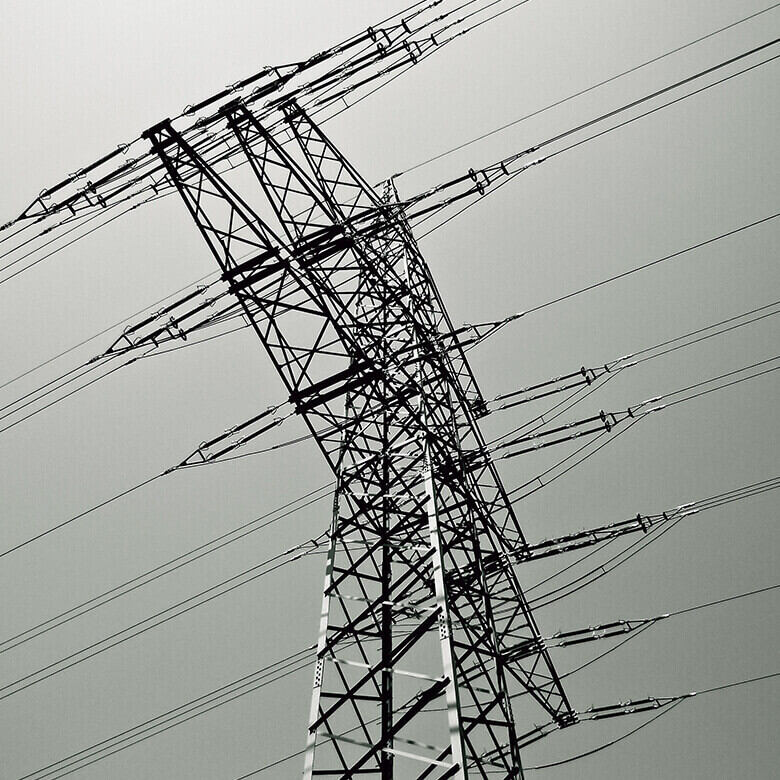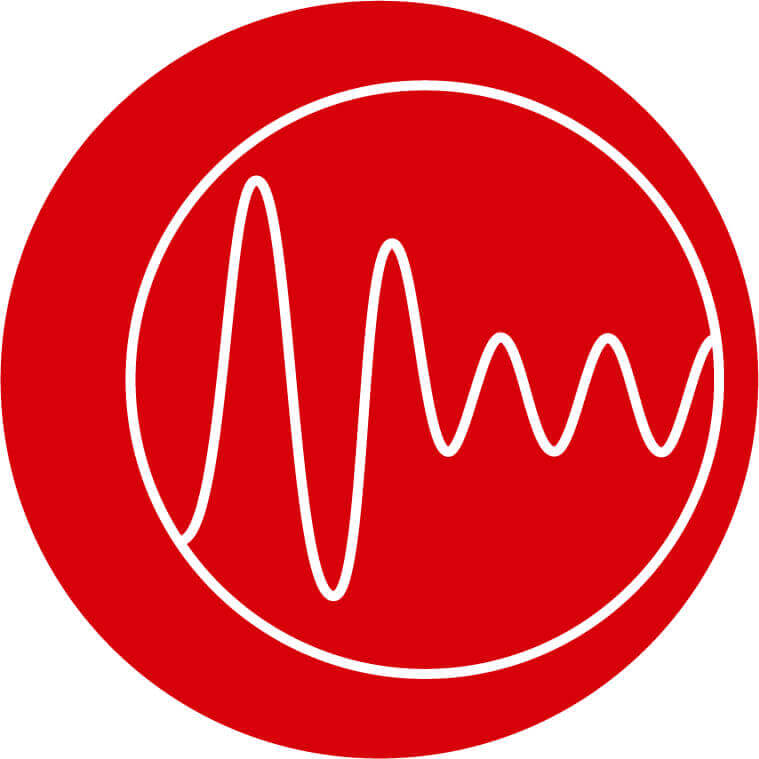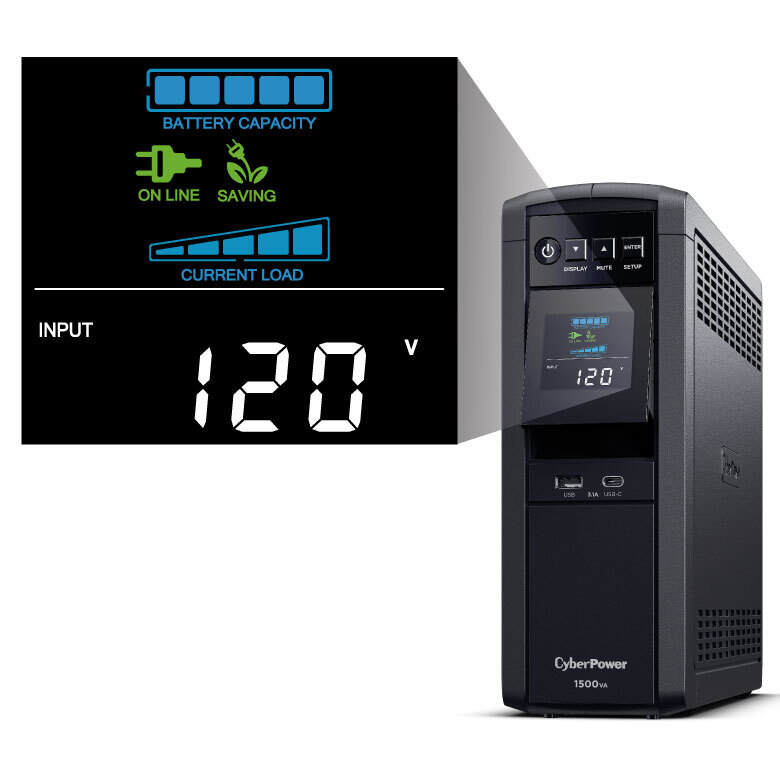Product Overview
A mini-tower UPS with line interactive topology, the CyberPower PFC Sinewave CP850PFCLCD provides battery backup (using sine wave output) and surge protection for desktop computers, workstations, networking devices, and home entertainment systems requiring active PFC power source compatibility.
The CP850PFCLCD features an advanced multifunction control panel with a color LCD to quickly confirm status and alerts at-a-glance. The screen tilts for easy viewing when the UPS is placed in a low position such as under a desk.
The CP850PFCLCD uses Automatic Voltage Regulation (AVR) to correct minor power fluctuations without switching to battery power, which extends battery life. AVR is essential in areas where power fluctuations occur frequently. The CP850PFCLCD comes with a three-year warranty (including coverage of batteries) and a $250,000 Connected Equipment Guarantee.
- Battery Backup
Supplies power long enough for equipment to properly shut down when utility power fails. Helps prevent loss of data and minimizes the component stress caused by a hard shutdo. - Surge Protection
Diverts excess voltage away from sensitive electronic equipment during an AC power surge or power spike to prevent damage. - Sine Wave Output
The UPS generates energy that is identical to, or cleaner than the utility company’s power grid. Benefits include low total harmonic distortion, minimal electrical noise, and optimal line clarity. - Multifunction LCD Panel with Color Display
Displays immediate, detailed information on the UPS battery and power conditions. The color display quickly alerts users to potential problems before they can affect critical equipment and cause downtime. Screen tilts up to 22 degrees for easy viewing. - Automatic Voltage Regulation (AVR)
AVR increases the AC power and maintains a safe voltage level without switching to battery mode and conserving battery life. - Data Line Protection
Prevents power surges that travel through Ethernet lines from causing damage to electronics. - Widely Spaced Outlet(s)
The widely-spaced outlet allow you to conveniently add transformer-sized plugs without blocking other outlets. - Line Interactive Topology
Exists when a line interactive UPS has an autotransformer that regulates low voltages (e.g., brownouts) and over voltages (e.g., spikes) without having to switch to battery. - ENERGY STAR
This model is an ENERGY STAR® certified Uninterruptible Power Supply (UPS) system. ENERGY STAR is the trusted, government-backed symbol for energy-efficient products and practices that help save money and protect the environment. - GreenPower UPS™ Bypass Design
A patented design that allows utility power to bypass the UPS transformer, when AC power is stable, which reduces energy consumption, noise, and heat buildup. - Ultra Quiet Design
Minimizes noise during operation for a quieter work environment. - PowerPanel® Personal Software
Provides a user-friendly dashboard interface for controlling and monitoring the UPS. Free software download available here. - Three-Year Warranty
CyberPower will repair or replace a defective UPS system (including batteries) within three years of the purchase date. See warranty for details. - Connected Equipment Guarantee
CyberPower will repair or replace properly connected equipment if it is damaged by a power surge.
What’s In The Box
UPS System, User Manual, USB A+B Type Cable, Function Setup Guide
WARNING:
This product can expose you to chemicals including Styrene, which are known to the State of California to cause cancer, and Bisphenol A (BPA), which are known to the State of California to cause birth defects or other reproductive harm.
| General | |
|---|---|
| Active PFC Compatible | Yes |
| Energy Saving | GreenPower UPS™ Bypass Technology |
| Energy Star Certified | Yes |
| UPS Topology | Line Interactive |
| Battery | |
| Battery Quantity | 1 |
| Battery Size | 12 V / 9 Ah |
| Battery Type | Sealed Lead-Acid Battery |
| Hot Swappable | Yes |
| Replacement Battery Cartridge | RB1280A (for serial numbers beginning with CQD) RB1290 (for serial numbers beginning with CX2) |
| Replacement Battery Cartridge Quantity | 1 |
| Runtime at Full Load | 2 min |
| Runtime at Half Load | 11 min |
| Typical Recharge Time | 8 Hours |
| User Replaceable Battery | Yes |
| Input | |
| Cord Length | 5 ft (2 m) |
| Input Frequency Range | 57 Hz – 63 Hz |
| Input Plug Type | NEMA 5-15P |
| Input Voltage Range | 88 VAC – 144 VAC |
| Nominal Input Voltage | 120 VAC |
| Plug Style | Right Angle – 45° Offset |
| Output | |
| Automatic Voltage Regulation | Single Boost |
| On Battery Frequency | 60 Hz ± 1% |
| On Battery Voltage | 120 VAC ± 5% |
| On Battery Waveform | Sine Wave |
| Outlets – Battery & Surge Protected | 5 |
| Outlets – Surge-Only Protected | 5 |
| Outlets – Total | 10 |
| Overload Protection | Internal Circuitry Limiting Circuit Breaker Protected |
| Typical Transfer Time | 4 ms |
| Under/Over-Voltage Correction | +11.5% |
| VA | 850 VA |
| Watts | 510 W |
| Surge Protection & Filtering | |
| EMI/RFI Filtration | Yes |
| Network Protection RJ45 | 1-in / 1-Out (10/100/1000) + PoE Compatible |
| Surge Suppression (Joules) | 1150 J |
| Management & Communications | |
| Audible Alarms | Battery Mode Low Battery Overload Fault |
| HID Compliant USB Port | Yes |
| LCD | Multifunction LCD |
| LED Indicators | Power On Wiring Fault |
| Management Cable | USB Cable |
| Serial Port | 1 Dry Contact |
| Software (Free Download) | PowerPanel® Personal |
| Physical | |
| Color | Black |
| Form Factor | Mini-Tower |
| Dimensions | |
| Physical Dimensions – (WxHxD) (cm) | 9.91 x 24.64 x 25.91 (cm) |
| Physical Dimensions – (WxHxD) (in) | 3.9 x 9.7 x 10.2 (in) |
| Physical Dimensions – (WxHxD) (mm) | 99 x 246 x 259 (mm) |
| Weight (kg) | 6.76 |
| Weight (lb) | 14.9 |
| Dimensions – Shipping | |
| Shipping – Weight (kg) | 7.89 |
| Shipping – Weight (lb) | 17.4 |
| Shipping Dimensions – (WxHxD) (cm) | 19.69 x 34.29 x 34.29 (cm) |
| Shipping Dimensions – (WxHxD) (in) | 7.75 x 13.5 x 13.5 (in) |
| Shipping Dimensions – (WxHxD) (mm) | 196.85 x 342.9 x 342.9 (mm) |
| Environmental | |
| Operating Elevation | 0 – 10000 ft (0 – 3048 m) |
| Operating Relative Humidity | 0 – 95 % (non-condensing) |
| Operating Temperature | 32 – 104 °F (0 – 40 °C) |
| Certifications | |
| Environmental | RoHS Compliant |
| Safety | UL1778 cUL 107.3 FCC DOC Class B |
| Warranty | |
| CEG Amount | $250000 |
| Connected Equipment Guarantee | Lifetime |
| Extended Warranty Option | WEXT5YR-U1B |
| Product Warranty | 3 Year Limited Warranty |

Sine Wave Power
In the U.S., utility companies provide power to households and offices by distributing single phase alternating current (AC) power at a frequency of 60 Hz. Electrical power can be graphically depicted as a sine wave whereby the electrical signal alternates from +120 volts to -120 volts at a rate of 60 times per second (60 Hz). To enable more efficient operation of large, heavy equipment, utility companies provide commercial and industrial locations with three phase AC power which consists of three overlapping sine waves offset by 120 degrees.
Although utility companies strive to distribute 100% sine wave power, many factors can introduce electrical noise into the AC power signal in the form of sine wave distortions and as voltage sags, surges, spikes, or other irregularities. Sine wave power is important for the optimal functioning of sensitive desktop computers and related peripheral equipment. Without sine wave power output, microprocessor-based equipment can become inoperative or sustain damage from power signal distortions.

Active Power Factor Correction Supplies for IT Equipment
During the past thirty years, people have become more aware of the amount of energy used by IT equipment and devices. For many years, desktop computers and workstations inefficiently consumed power, partly due to the design of the power supplies which transformed AC power (from the wall outlet) to DC power (used by computers). This voltage transformation was relatively inefficient as reflected in low power factor ratings.
In 1992, the U.S. Environmental Protection Agency (EPA), in collaboration with advocates in the IT industry, developed the ENERGY STAR® program to prompt the development of energy-efficient products. Today this program is recognized as an international standard.
To comply with ENERGY STAR standards, manufacturers of desktop and workstation computers incorporate Active Power Factor Correction (Active PFC) as part of the engineering designs, enabling energy efficiencies of 95% or higher. Computers with Active PFC power supplies require sine wave AC power, as supplied by utility companies, for trouble-free operation. For this reason, sine wave UPS systems have become the best choice for backup power.
Simulated or stepped sine wave power, provided by entry-level UPS systems, may be problematic or incompatible with Active PFC devices. Sine wave power varies continuously from positive to negative. Simulated sine wave power mimics a sine wave by using a squared-off approximation. Due to this approximation, simulated sine wave power momentarily creates a zero power gap. When power is interrupted, a computer with an Active PFC power supply may not recognize incoming simulated sine wave power due to the zero output present in the approximated wave. This could cause the system to unexpectedly shut down or sustain system component stress.

Automatic Voltage Regulation
Automatic Voltage Regulation (AVR) in line interactive UPS systems stabilizes the incoming AC signal to maintain output power at a nominal 120 volts by controlling high and low voltages without resorting to battery power. This significantly increases battery life and lessens the likelihood of data loss, memory freezes, and system crashes.
How AVR Works in a Line Interactive UPS
A line interactive UPS includes an AVR autotransformer a special type of transformer designed to switch between powered coils of wire in response to variances in utility power input, thereby increasing or decreasing the magnetic field and the resulting output voltage to connected equipment.
This type of UPS tolerates undervoltage brownouts and overvoltage surges without consuming backup battery power by automatically selecting different power taps on the AVR autotransformer. During normal operation, incoming AC power bypasses the autotransformer (where voltage highs and lows are controlled) while also charging the battery. When the incoming voltage falls below the AVR range, the UPS switches to battery backup, and the DC-AC inverter circuitry is engaged. Power will continue to be supplied by the battery-inverter circuit until incoming voltage returns to the range manageable by the AVR.

GreenPower UPS Technology: Bypass Design
GreenPower UPS™ Technology from CyberPower improves operating efficiency, reduce heat generation, and consume less power than conventional UPS models.
Our patented Bypass Design allows current to bypass the transformer and automatic voltage regulation (AVR) when utility power is normal, thus reducing energy consumption and associated costs. Because utility power functions normally most of the time, the bypass design allows for substantial energy savings. This technology also reduces heat generation, an important factor in decreasing operating costs.

Transformers and Transformer Outlets
A transformer converts alternating current line voltage to a higher value or a lower value. Transformers rely upon electromagnetic induction, the process which occurs when the alternating current within a circuit generates current in a nearby circuit.
Transformers vary in design and size, as well as using different amounts of current. Small transformers plug into a wall outlet and create low direct current voltages which are used by common electronic devices. Transformer outlets are more widely spaced than other outlets to accommodate transformer block adapters or other adapters that are large in size. Transformer outlets can be used to connect any appropriate device to a surge protector.

LCD with Color Display
Our multifunction, color LCD is simple to set up and easy to use. The design displays real-time information on the UPS battery and power conditions including operating status, load level, and battery capacity. Color icons clearly communicate UPS status: green for normal, yellow for warning, and red for fault notices.
Other added LCD control functions allow you to set up sensitivity levels, mute the alarm, monitor power vitals, and more. Plus, the LCD tilts up to 22 degrees for easy viewing.
















